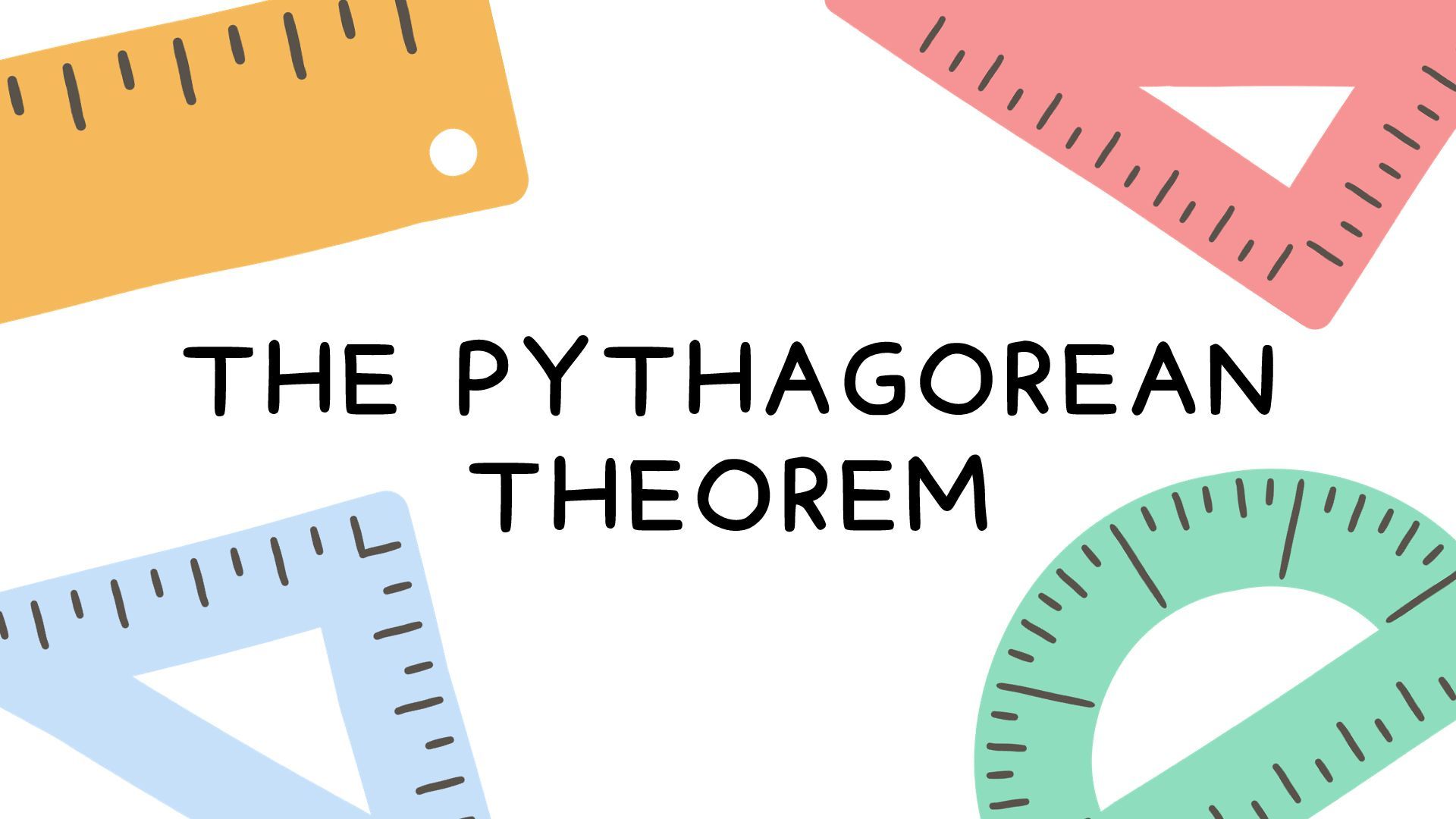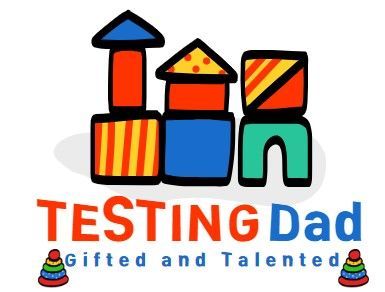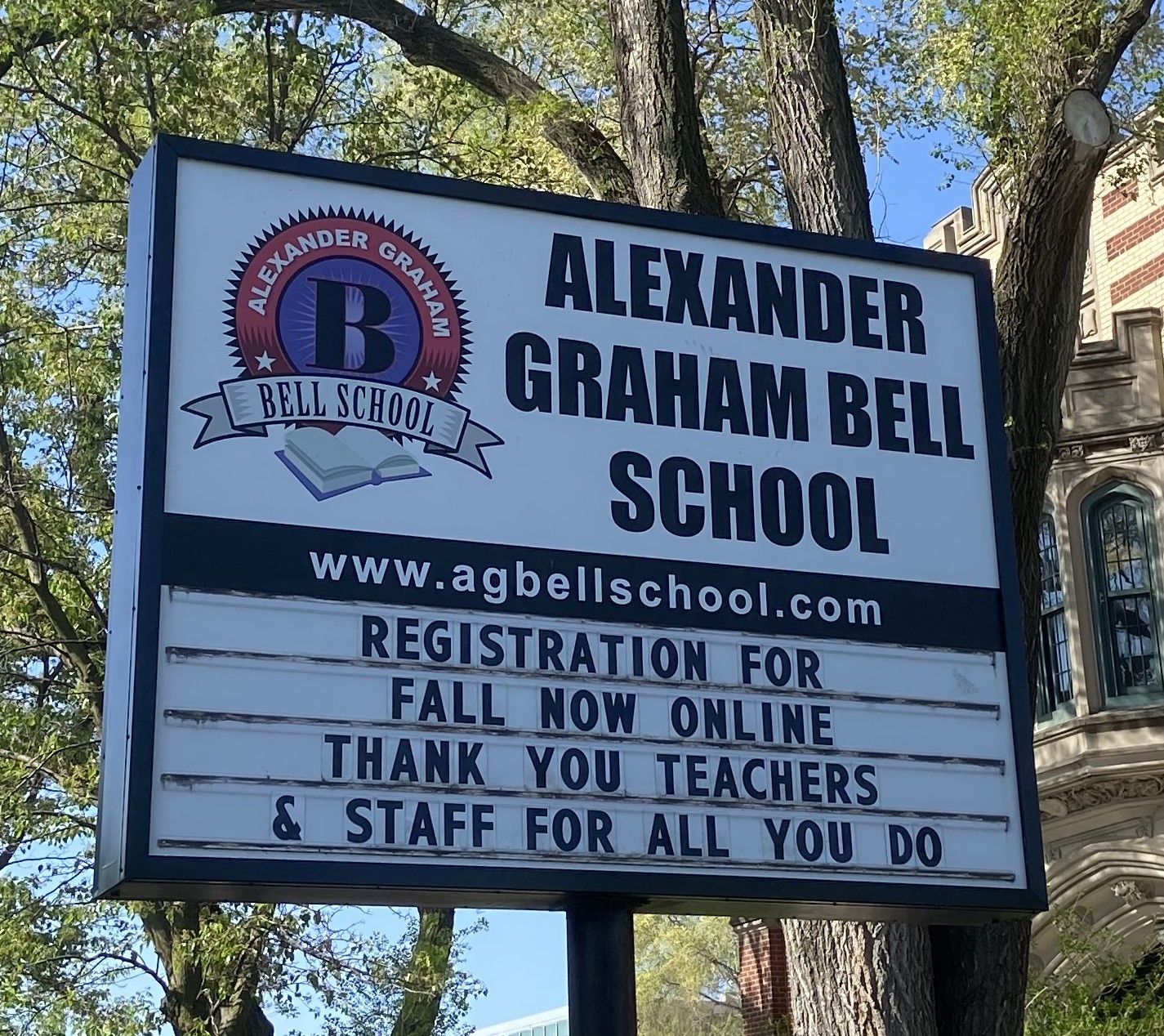Explaining the CogAT Test: Unlocking the Potential of Every Child
Explaining the CogAT Test: Unlocking the Potential of Every Child
Introduction
In the world of education, understanding a child's cognitive abilities is crucial for tailored learning experiences. One assessment that plays a significant role in this endeavor is the CogAT test. In this comprehensive guide, we will delve deep into the CogAT test, shedding light on its purpose, structure, and the benefits it offers to students and educators alike.
1. What is the CogAT Test?
The CogAT test, short for Cognitive Abilities Test, is an assessment designed to measure a student's cognitive abilities. These abilities encompass critical thinking, problem-solving, reasoning, and memory. The test is widely used in schools to identify a student's strengths and weaknesses, enabling educators to provide targeted support.
2. The Importance of Cognitive Assessment
2.1. Personalized Learning
The CogAT test enables teachers to tailor their teaching methods to individual students' needs. By understanding a student's cognitive strengths and weaknesses, educators can adjust their strategies to ensure better comprehension and retention.
2.2. Identifying Gifted Students
This assessment is also instrumental in identifying gifted students who may benefit from advanced educational programs. Recognizing these students early on can lead to more fulfilling educational experiences.
2.3. Special Education Placement
On the flip side, the CogAT test helps determine if a student requires special education services. It aids in creating inclusive classrooms where every student gets the support they need.
3. The Structure of the CogAT Test
Understanding the test's structure is vital for both students and educators.
3.1. Verbal Battery
This section assesses a student's verbal reasoning abilities through tasks like sentence completion and verbal classification.
3.2. Quantitative Battery
The quantitative battery evaluates mathematical reasoning skills, including number series and equations.
3.3. Non-Verbal Battery
In this section, students solve problems without using language. It measures abstract reasoning and spatial skills.
4. Preparing for the CogAT Test
4.1. Practice Materials
Several resources, including practice tests and workbooks, are available to help students prepare for the CogAT test.
4.2. Stress Management
Managing test anxiety is crucial. Encourage students to adopt relaxation techniques and time management strategies.
5. FAQs about the CogAT Test
Let's address some common questions about the CogAT test:
What is the ideal age for taking the CogAT test?
The CogAT test is typically administered to students in grades K-12.
Is the CogAT test a timed assessment?
Yes, the CogAT test is typically administered within a specified time frame to assess speed and accuracy.
How can parents support their children in preparing for the CogAT test?
Parents can provide a conducive study environment and encourage their children to practice regularly.
Are accommodations available for students with special needs?
Yes, accommodations can be arranged for students with documented disabilities to ensure a fair assessment.
Can the CogAT test predict a student's future success?
While it assesses cognitive abilities, it's essential to remember that future success depends on various factors, including effort and dedication.
Is there a passing or failing score in the CogAT test?
No, the CogAT test does not have a passing or failing score. It merely assesses cognitive abilities.
6. Benefits of the CogAT Test
6.1. Informed Decision-Making
Educators can make data-driven decisions to enhance teaching methods and support students effectively.
6.2. Personal Growth
Students can identify their strengths and work on their weaknesses, fostering personal growth and development.
6.3. Career Readiness
A strong cognitive foundation prepares students for future academic and career challenges.
7. Conclusion
The CogAT test is a valuable tool in education, providing insights into students' cognitive abilities. It empowers educators to offer personalized support, identify gifted individuals, and create inclusive classrooms. With the right preparation and understanding, the CogAT test can be a stepping stone towards a brighter future for every child.






Usefull links
Home Search: School Boundary
Chicago Public School (GoCPS)
Berwyn South District 110
Schaumburg School District 54
Top Rated Elementary Schools
Bell Elementarty
Blaine Elementary
Burley Elementary
Lincoln Elementary
Ogden Elementary
Skinner West
South Loop
(312) 205-5580
Join the Newsletter
We will get back to you as soon as possible
Please try again later




